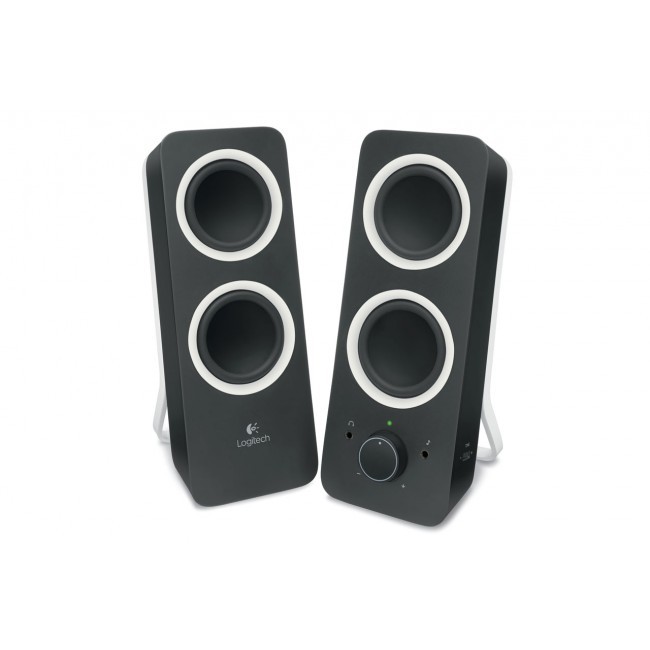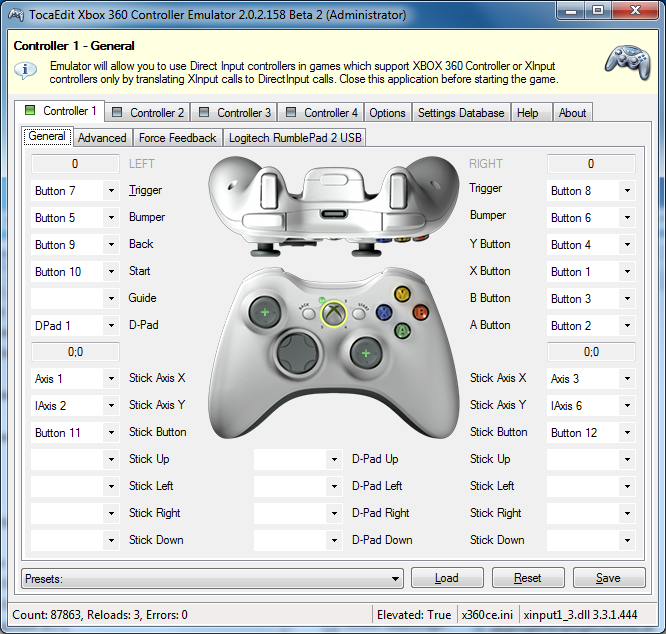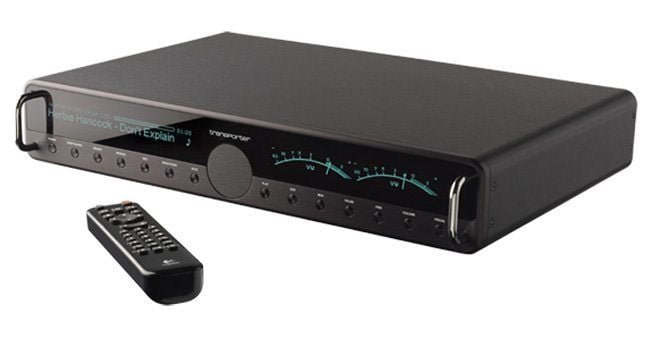Logitech Media Server (7.8.0 Download For Mac
Thank you for the response. When I tried to start the service follow the command, there are lots of errors, such as: Can't load '/usr/local/logitechmediaserver-7.8.0-FreeBSD/CPAN/arch/5.14/amd64-freebsd/auto/Media/Scan/Scan.so' for module Media::Scan: Shared object 'libintl.so.9' not found, required by 'Scan.so' at /usr/local/lib/perl5/5.14/mach/DynaLoader.pm line 190. At /usr/local/logitechmediaserver-7.8.0-FreeBSD/Slim/Utils/Scanner/LMS.pm line 18 Compilation failed in require at /usr/local/logitechmediaserver-7.8.0-FreeBSD/Slim/Utils/Scanner/LMS.pm line 18. BEGIN failed-compilation aborted at /usr/local/squeezeboxserver/slimserver.pl line 186. /usr/local/etc/rc.d/squeezeboxserver: WARNING: failed to start squeezeboxserver. Here ist what I did: 1. Within FreeNAS add a standard, VIMAGE, vanilla jail: 2.
Logitech Media Server (7.8.0 Download For Mac



Enable SSH access to the VM for easy administration:. Open FreeNAS Shell. Login to your just created jail: jls, jexec 1 /bin/tcsh (change appropriately).
ee /etc/rc.conf. Make sure that sshdenable = 'YES' is in the file (for me it was already in there). service sshd start. Add a user and put it the wheel group: adduser 3. From Mac, Windows, Linux whatever login to your VM using ssh: ssh 192.168.0.51 (use login credentials from the adduser command above) 4. Install some software (I always install mc first on a new system):.
su. pkgadd -r mc.
pkgadd -r wget. pkgadd -r sox 5. Get LMS:. mkdir lms. cd lms. wget -r -nH -cut-dirs=2 -no-parent. chmod +x install.sh 6.
Install and start LMS. Code: root@test:/usr/home/ts/lms #./install.sh logitechmediaserver-7.8.0-perl-5.14.2-FreeBSD-9.1-STABLE-amd64.tgz This looks like FreeBSD-9.1 amd64 perl-5.14.4. Install logitechmediaserver-7.8.0-perl-5.14.2-FreeBSD-9.1-STABLE-amd64.tgz (y/N)? Y Group 'slimserv' added. User 'slimserv' added. /usr/local/squeezeboxserver doesn't exist, we'll do a new installation.
Creating directories. Installing rc script. Installing tarfile. Logitechmediaserver-7.8.0-FreeBSD installed.
Root@test:/usr/home/ts/lms # echo 'squeezeboxserverenable='YES' /etc/rc.conf root@test:/usr/home/ts/lms # cat /etc/rc.conf portmapenable='NO' sshdenable='YES' sendmailenable='NO' sendmailsubmitenable='NO' sendmailoutboundenable='NO' sendmailmspqueueenable='NO' hostname='test' devfsenable='YES' devfssystemruleset='devfsrulescommon' squeezeboxserverenable='YES' root@test:/usr/home/ts/lms # service squeezeboxserver start Starting squeezeboxserver. Your locale was detected as C, you may have problems with non-Latin filenames. Consider changing your LANG variable to the correct locale, i.e. EnUS.utf8 13-08-26 18: main::init (354) Starting Logitech Media Server (v7.8.0, Mon Feb 4 11:12:01 GMT 2013) perl 5.014004 root@test:/usr/home/ts/lms # Your locale was detected as C, you may have problems with non-Latin filenames. Consider changing your LANG variable to the correct locale, i.e.
EnUS.utf8 root@test:/usr/home/ts/lms # 7. If you like edit/usr/local/logitechmediaserver-7.8.0-FreeBSD/Slim/Utils/Unicode.pm like I said before 8. Open from a browser within your network Let me know if it works! Here ist what I did: 1. Within FreeNAS add a standard, VIMAGE, vanilla jail: 2. Enable SSH access to the VM for easy administration:. Open FreeNAS Shell.
Login to your just created jail: jls, jexec 1 /bin/tcsh (change appropriately). ee /etc/rc.conf. Make sure that sshdenable = 'YES' is in the file (for me it was already in there). service sshd start. Add a user and put it the wheel group: adduser 3.
From Mac, Windows, Linux whatever login to your VM using ssh: ssh 192.168.0.51 (use login credentials from the adduser command above) 4. Install some software (I always install mc first on a new system):. su. pkgadd -r mc. pkgadd -r wget.
pkgadd -r sox. Supermicro X10SL7-F; BIOS 2.0, IPMI firmware 3.27; SAS in IT mode: P20 Xeon E3-1230V3 M1015 (in IT mode: P20). 32GB ECC RAM: 2 x Hynix HMT41GU7MFR8C-PB + 2 x Kingston KVR16E11/8EF (the latter purchased just a few days before Kingston took them off their recommended list, then only days later again discontinued them altogether). 14 x Seagate 2TB desktop drives (ST32000641AS and ST2000DM001) in 2 x RAIDZ2 vdevs; 6 x Seagate 6TB ST6000DX000 drives in RAIDZ2.
All drives mounted in iStarUSA BPU-350SATA drive cages housed in Antec Twelve Hundred tower case. Booting from 120GB SanDisk Z410 SSD. SeaSonic X-650 Modular PSU. GeekSquad (rebranded CyberPower) GS-1285U UPS. Supermicro X10SL7-F; BIOS 2.0, IPMI firmware 3.27; SAS in IT mode: P20 Xeon E3-1230V3 M1015 (in IT mode: P20).
32GB ECC RAM: 2 x Hynix HMT41GU7MFR8C-PB + 2 x Kingston KVR16E11/8EF (the latter purchased just a few days before Kingston took them off their recommended list, then only days later again discontinued them altogether). 14 x Seagate 2TB desktop drives (ST32000641AS and ST2000DM001) in 2 x RAIDZ2 vdevs; 6 x Seagate 6TB ST6000DX000 drives in RAIDZ2. All drives mounted in iStarUSA BPU-350SATA drive cages housed in Antec Twelve Hundred tower case. Booting from 120GB SanDisk Z410 SSD. SeaSonic X-650 Modular PSU. GeekSquad (rebranded CyberPower) GS-1285U UPS.